Article: How EU Legislation Can Help Tackle Textile Waste Worldwide.
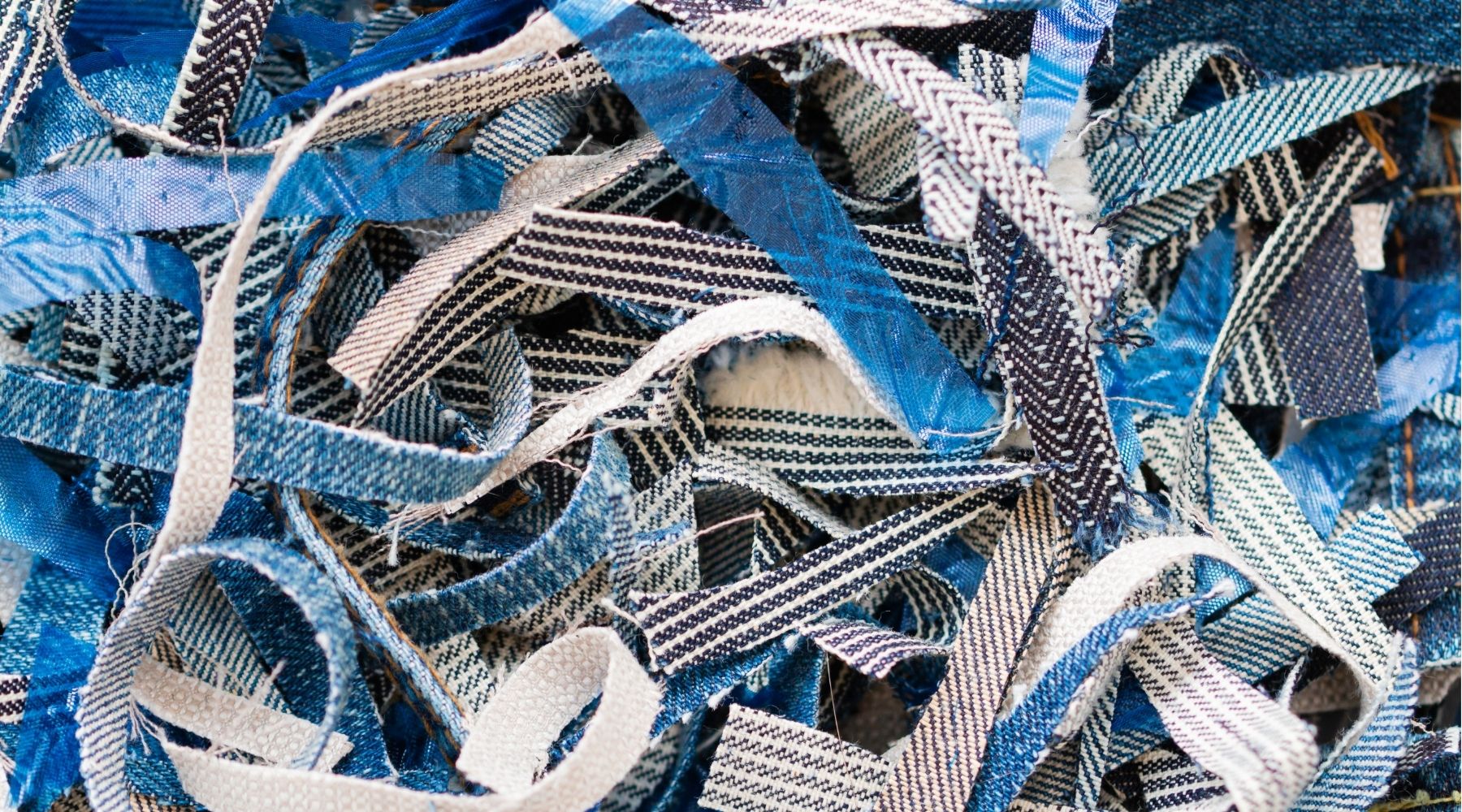
How EU Legislation Can Help Tackle Textile Waste Worldwide.
In our previous post on this topic, we explored the problem of throwaway fashion in the Global North and the huge impact of textile waste. With unsold and donated clothes often being shipped off to countries in the Global South, it is easy for consumers to be unaware of the extent of the problem, and for brands to look the other way. However, while rotting garments pile up, the pressure is on for governments and producers to take action and responsibility. In this post, we unpack new measures such as waste legislation and the impact this will have on the industry.

EU Legislation
One of the bodies currently playing a pivotal role in attempting to transform the fashion & textile industry and its immense waste problem is the European Union. As part of its Green Deal - which aims to make the continent climate-neutral by 2050 - the EU has introduced the Extended Producer Responsibility (EPR) directive.
The main purpose of this directive, which requires member states to implement their own legislature in order to comply, is to reduce the amount of textile waste being shipped abroad and to improve textile and garment recycling systems across the continent. As the legislation relates primarily to producers, the goal is to improve circularity by placing more responsibility on businesses rather than governments or consumers.

The directive holds fashion brands and producers to account for the entire lifecycle of the items they produce. In order to fully adhere to the EPR, brands of a certain size must report on: the quantity of product they are placing on the market; the textile information; end of life management; and waste treatment.
The directive aims to encourage brands to incorporate more sustainable practices into their production systems and generate higher quality and longer life items for consumers. This includes improving durability, using recycled materials, and incorporating mending and repair facilities.

Brands must then participate in (or set up their own) take-back schemes for waste collection. They are charged a fee per unit relating to the amount of items they have produced, money which is then used to improve and fund waste management and recycling. These requirements expose and place the onus onto the most polluting producers, forcing them to find a better way to manage their waste, and hopefully encourage them to adopt more slower fashion, higher quality policies.
How does this relate to the UK?
While the EPR doesn’t relate directly to UK brands, any which trade within the EU will be required to adhere. The directive also places more scrutiny on all fashion brands in its demand for improvement.
Thanks to the demands of activists and consumers leading brands to (slowly) increasing transparency, and greater awareness of greenwashing tactics, we are seeing some changes in the UK fashion industry. Some brands have introduced programmes to extend the life of garments, such as TOAST’s free repair service or Uniqlo’s Re.Uniqlo embroidery upcycling options.

The Salvation Army Trading Company have launched their Reuse 2 Repurpose programme, working with brands like John Lewis and Oh Polly. They are providing brands with options for extending or repurposing the life of old garments if they can provide drop off options for consumers. Items which are still wearable are donated while unusable ones are recycled using their Fibersort technology (although this is very much in its infancy at the moment and therefore limited).
It seems that some of the most polluting brands are beginning to feel the pressure and are being forced to take action. While we can applaud actions like take back and mending schemes, we can’t let brands use these to greenwash and distract from the fact that they are still producing highly unsustainable amounts of clothing, mostly using virgin fibres.
Y.O.U Underwear Zero Waste Goals

Here at Y.O.U Underwear, reducing fashion & textile waste is an integral part of our operations, and from the beginning we set out to find ways to minimise waste as much as we could.
By opting for organic cotton, we can ensure that all our products are made to a high standard, meaning they can provide you with super soft comfort for a long time. Additionally, as cotton is a natural fibre, it will biodegrade naturally rather than clogging up landfill for years to come.
To make sure that the rolls of organic cotton fabric we produce are used as efficiently as possible, the garment technologists at the factories we partner with use a software programme to find the best lay out for the underwear patterns to minimise offcut waste. While a small amount of offcut fabric is inevitable, we always try to find ways to make use of it - such as our offcut scrunchies, which mean you can match your hair accessories to your undies!

As part of our commitment to UN Sustainable Development Goal 12 Responsible Production and Consumption, we are collecting donations of lightly worn or no longer wearable underwear from our customers. This was something we wanted to do to improve our circularity and to offer an underwear recycling option for consumers as this is often excluded from other collection programmes.
The scheme has been enormously popular and donations have continued to increase as more people become aware.
What Happens to Underwear Recycling?
At the end of every month, we sort through all of the donations we have received. Lightly worn bras or underwear still in unopened packaging are donated to Smalls For All who use them to provide vulnerable women and girls with underwear.

The rest of the donations are then sorted according to their fibre content. Synthetic fibres are usually much more difficult to recycle so items above a certain cotton content are separated. These items can be donated to Cotton Lives On who use them to make roll mats for people experiencing homelessness.
The items made of mixed fibres or where we are unsure of the fibre content are harder to recycle using the same methods as synthetic fibres melt during processes which generate heat. The options for recycling synthetics - the most polluting fibres - have sadly reduced in the UK in recent years. Because of this, we are currently looking into a range of other organisations who may be able to provide solutions. If you know of anything which may be helpful please do get in touch!
info@youunderwear.com
Find out More:
A look at the problem of Global Textile Waste
Learn how Organic Cotton works to regenerate the environment.
Check how to Recycle your Underwear with Y.O.U
Images courtesy of Canva and Y.O.U Underwear
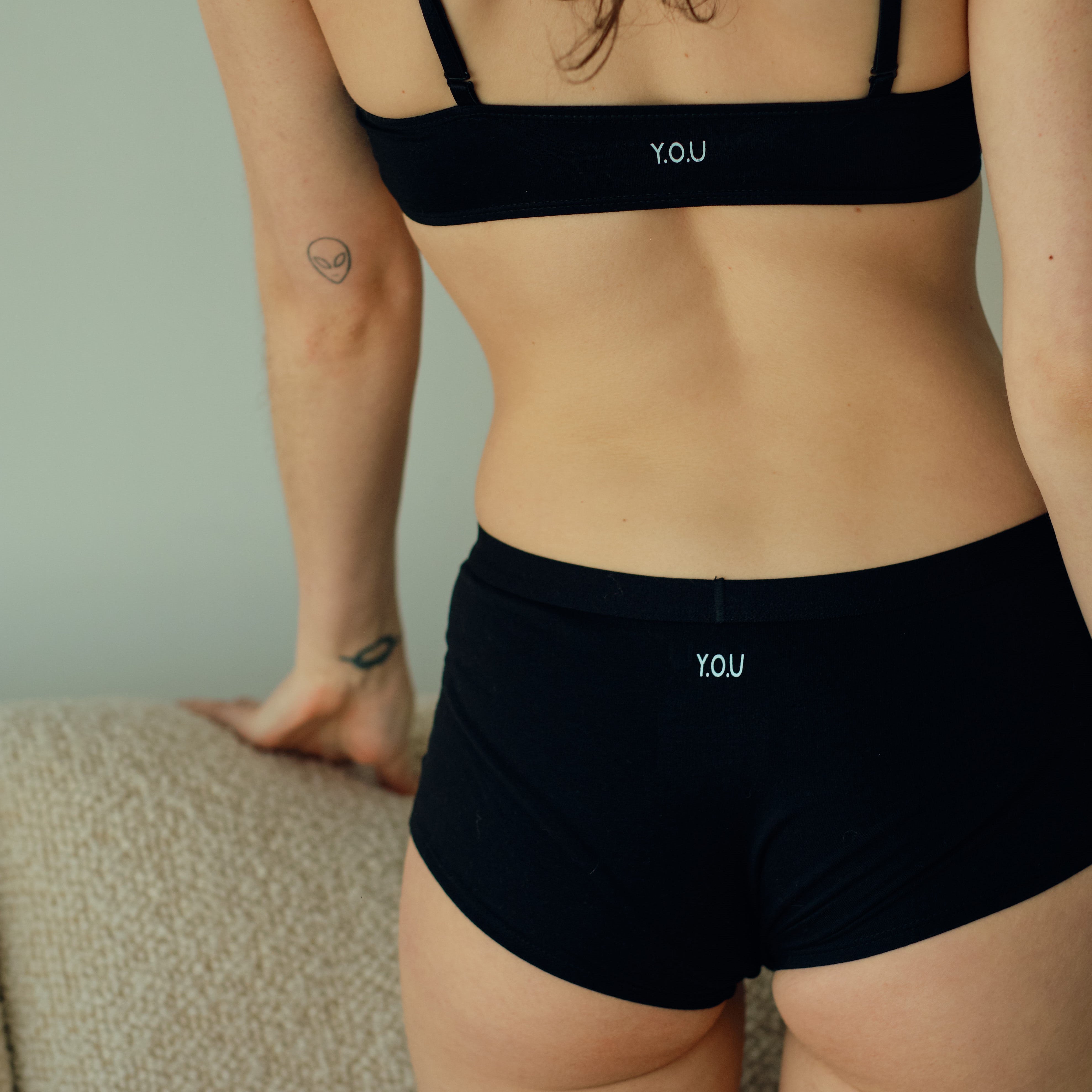
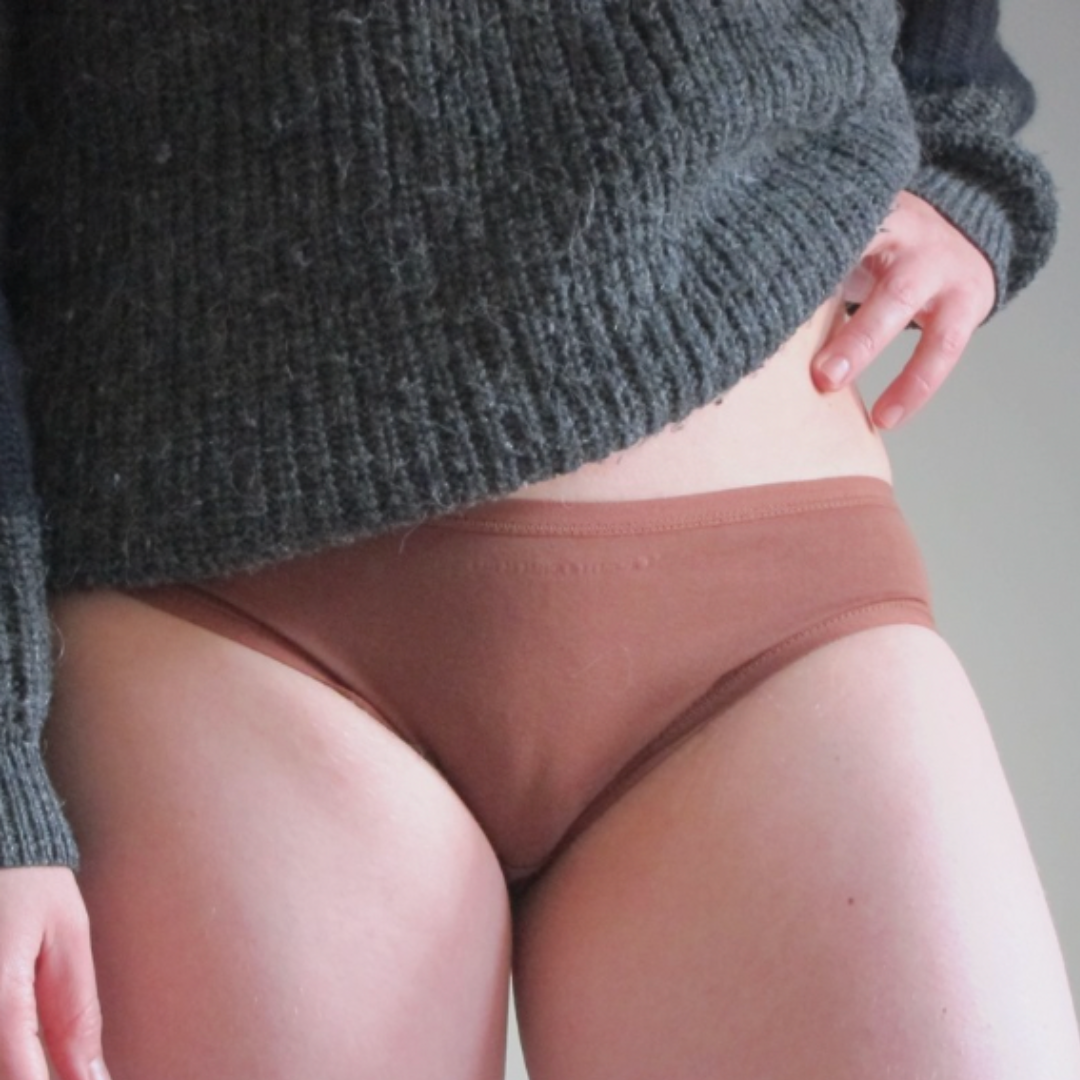


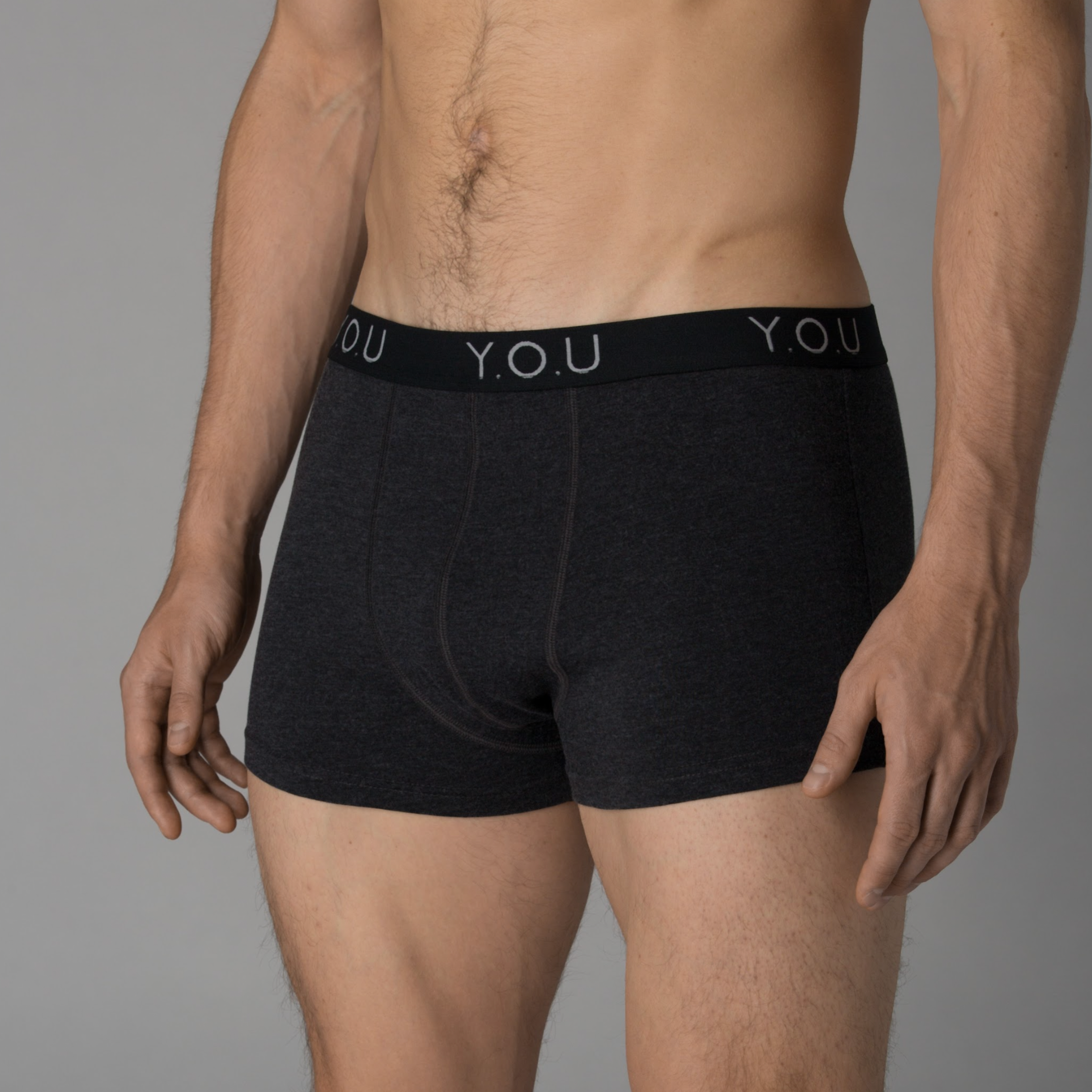
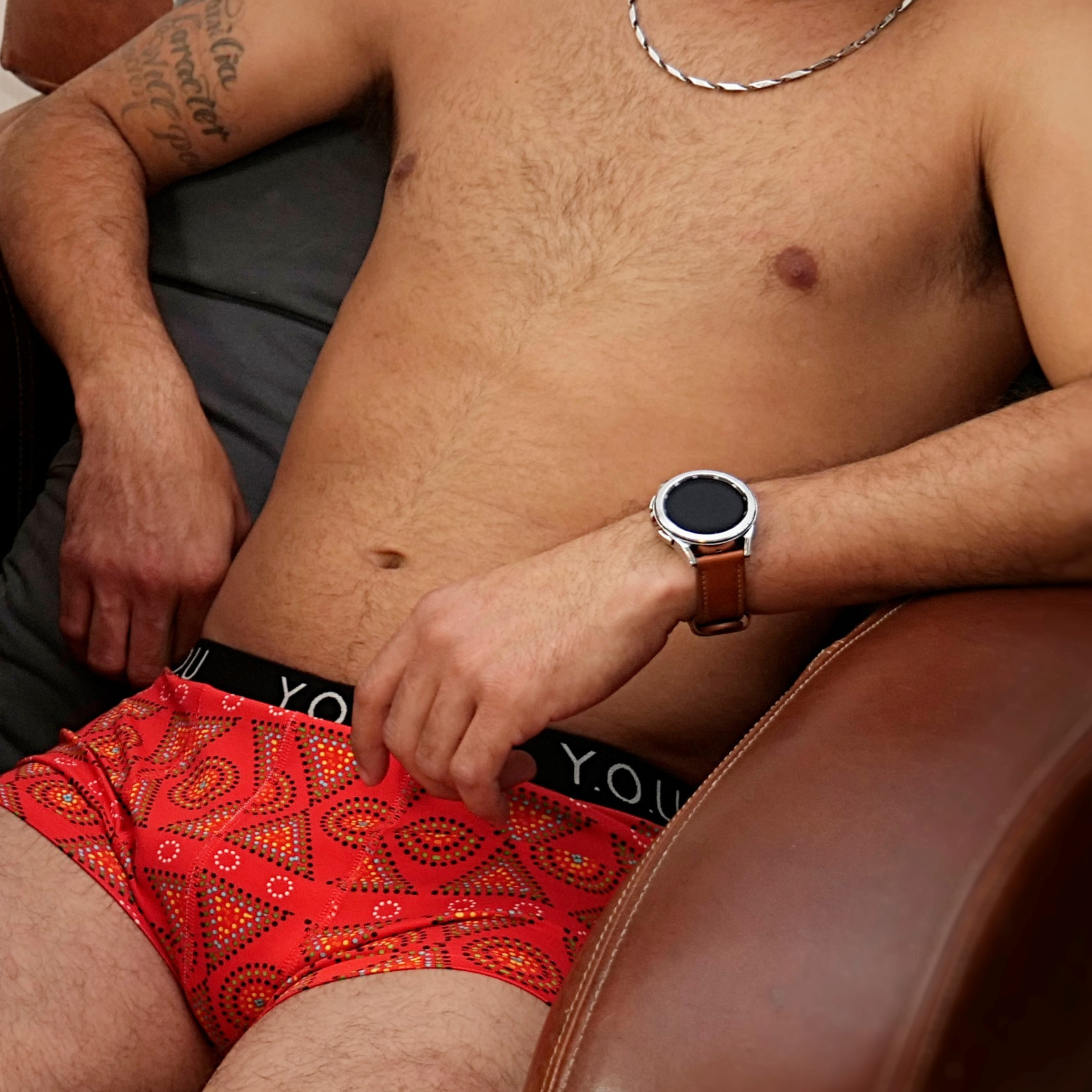
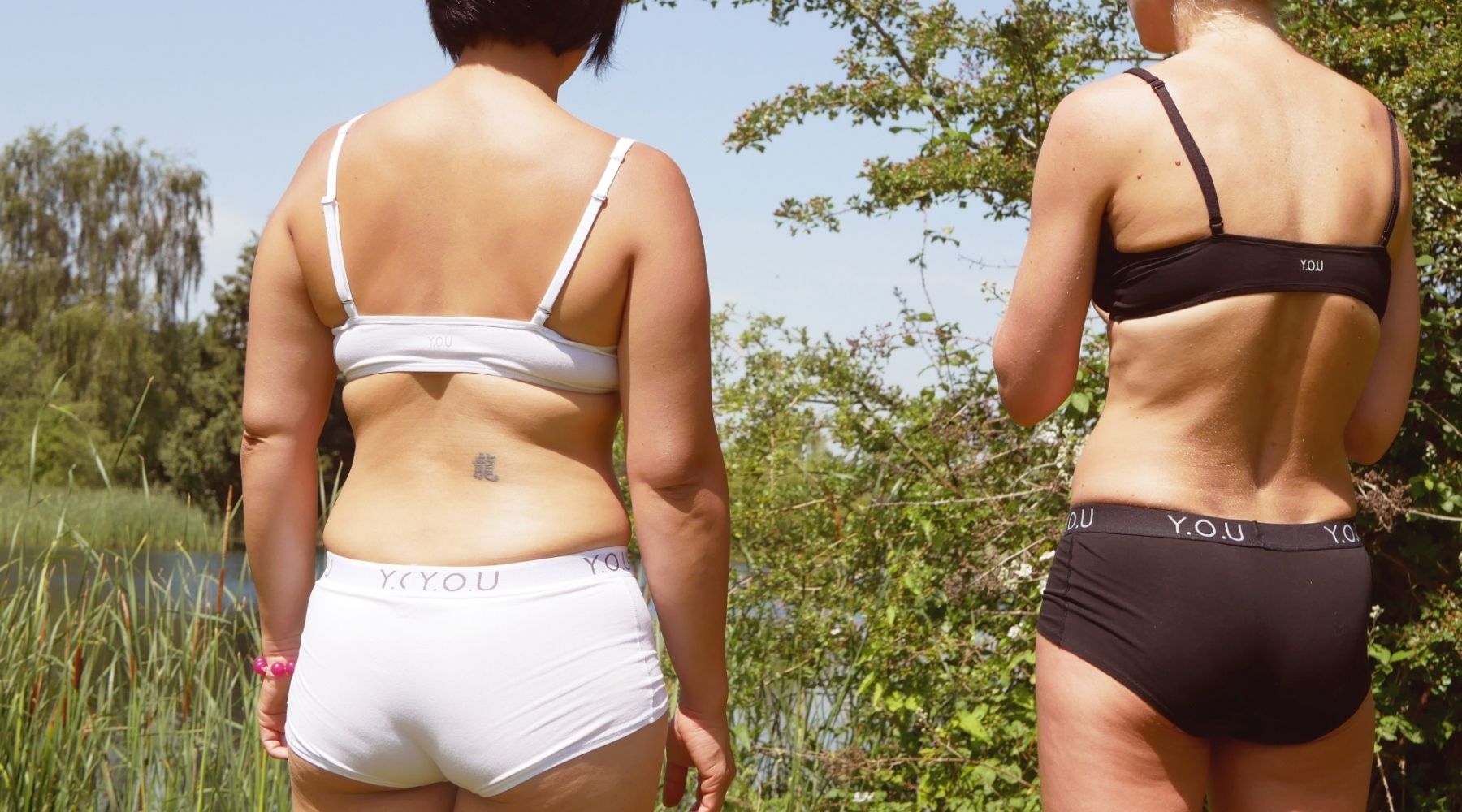

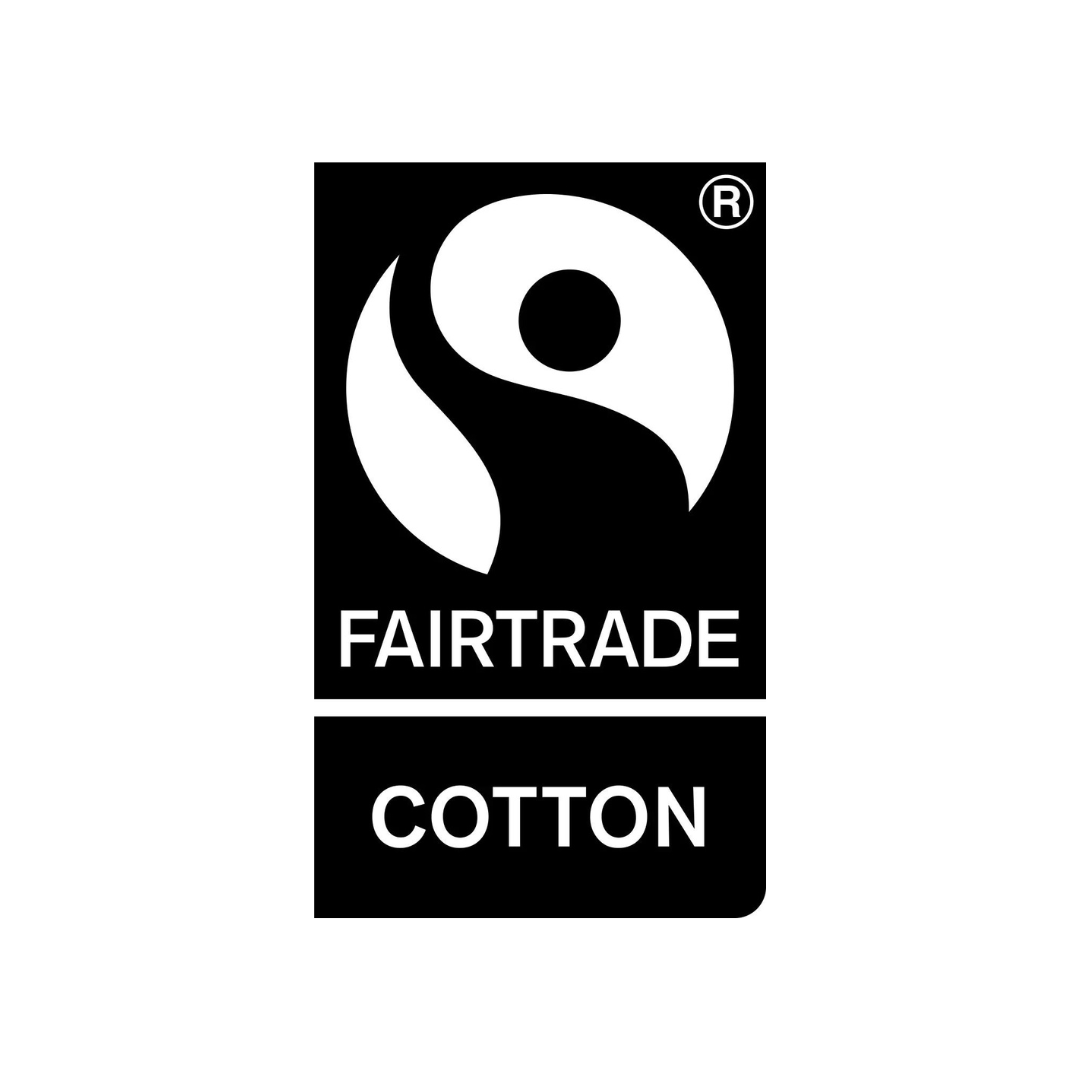
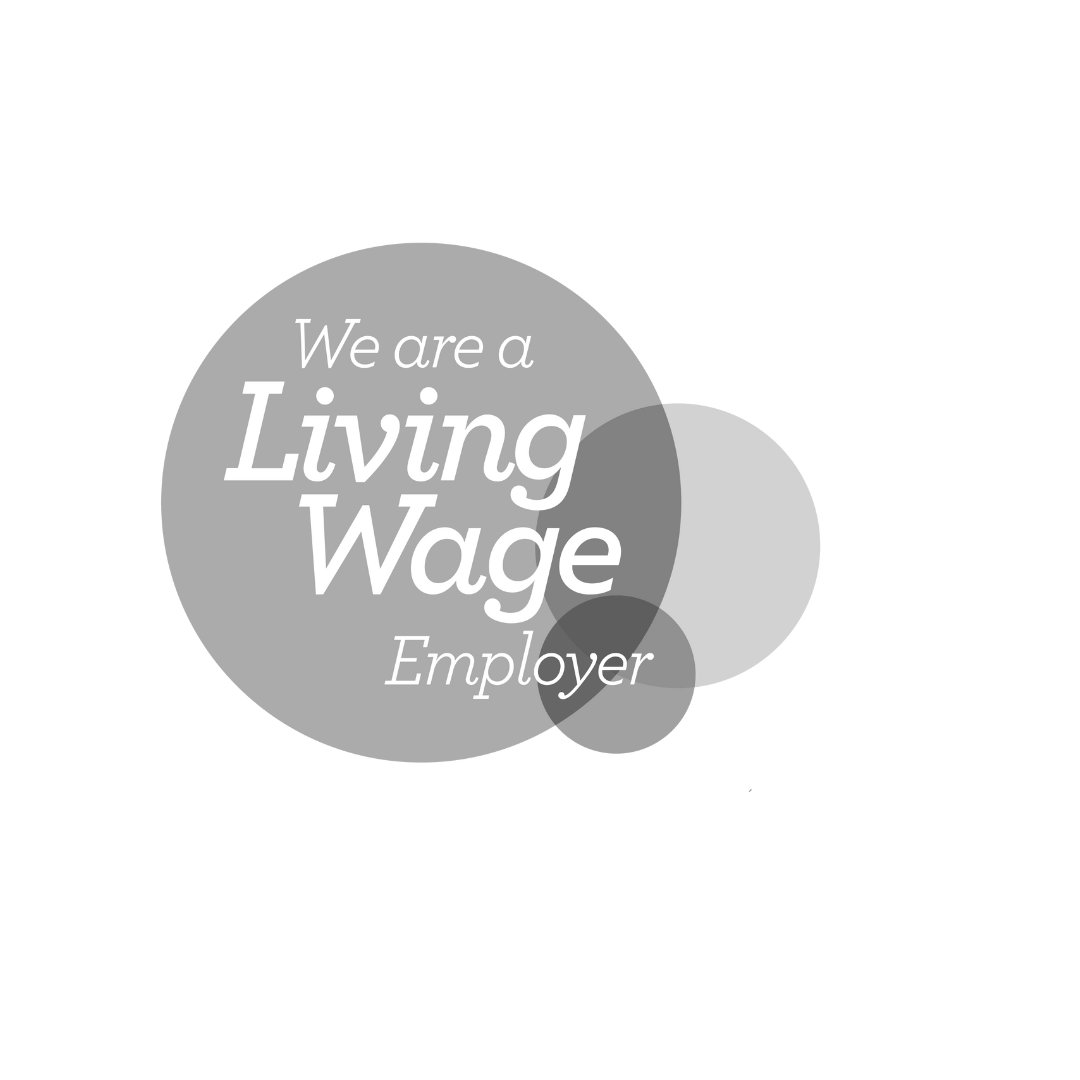


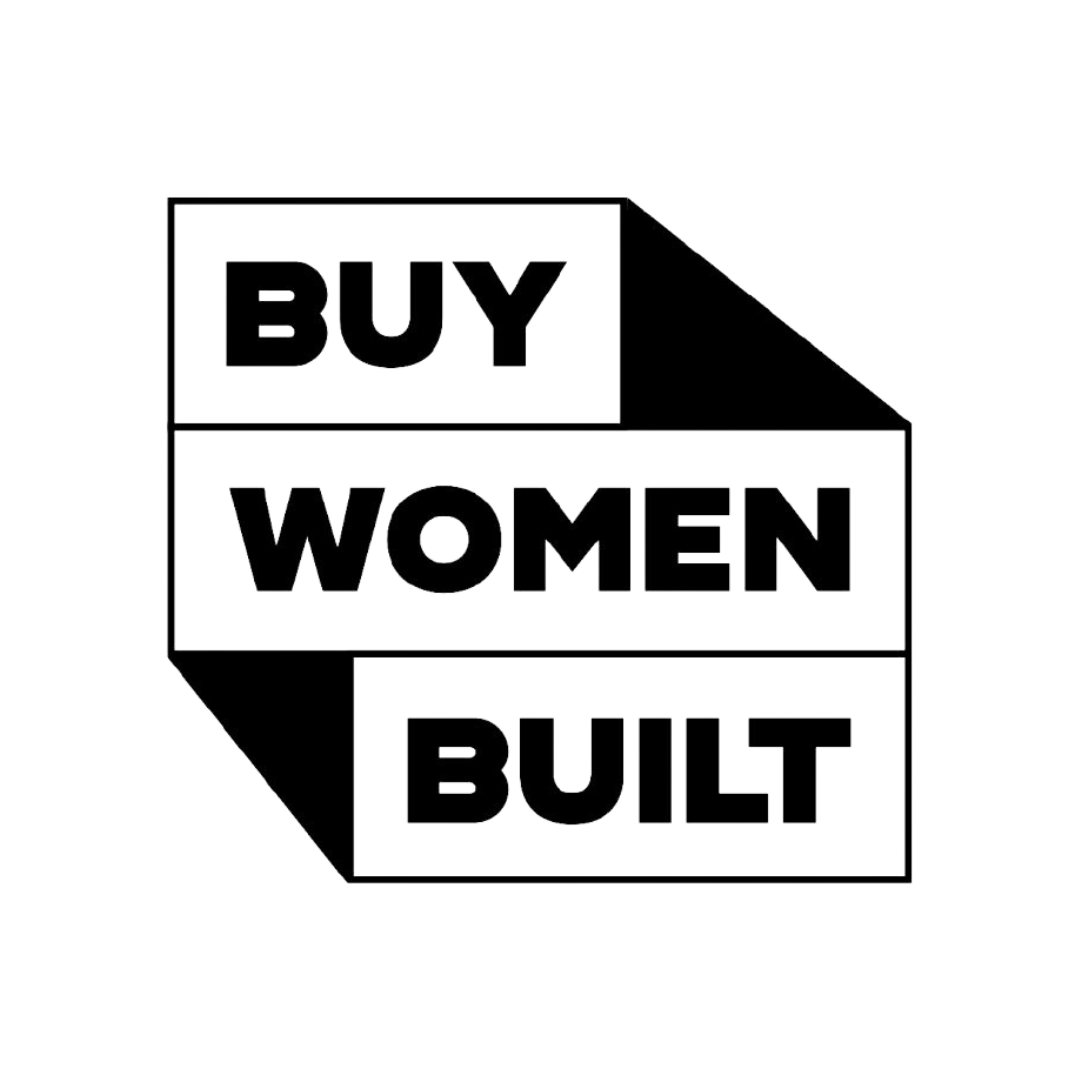
Leave a comment
This site is protected by hCaptcha and the hCaptcha Privacy Policy and Terms of Service apply.